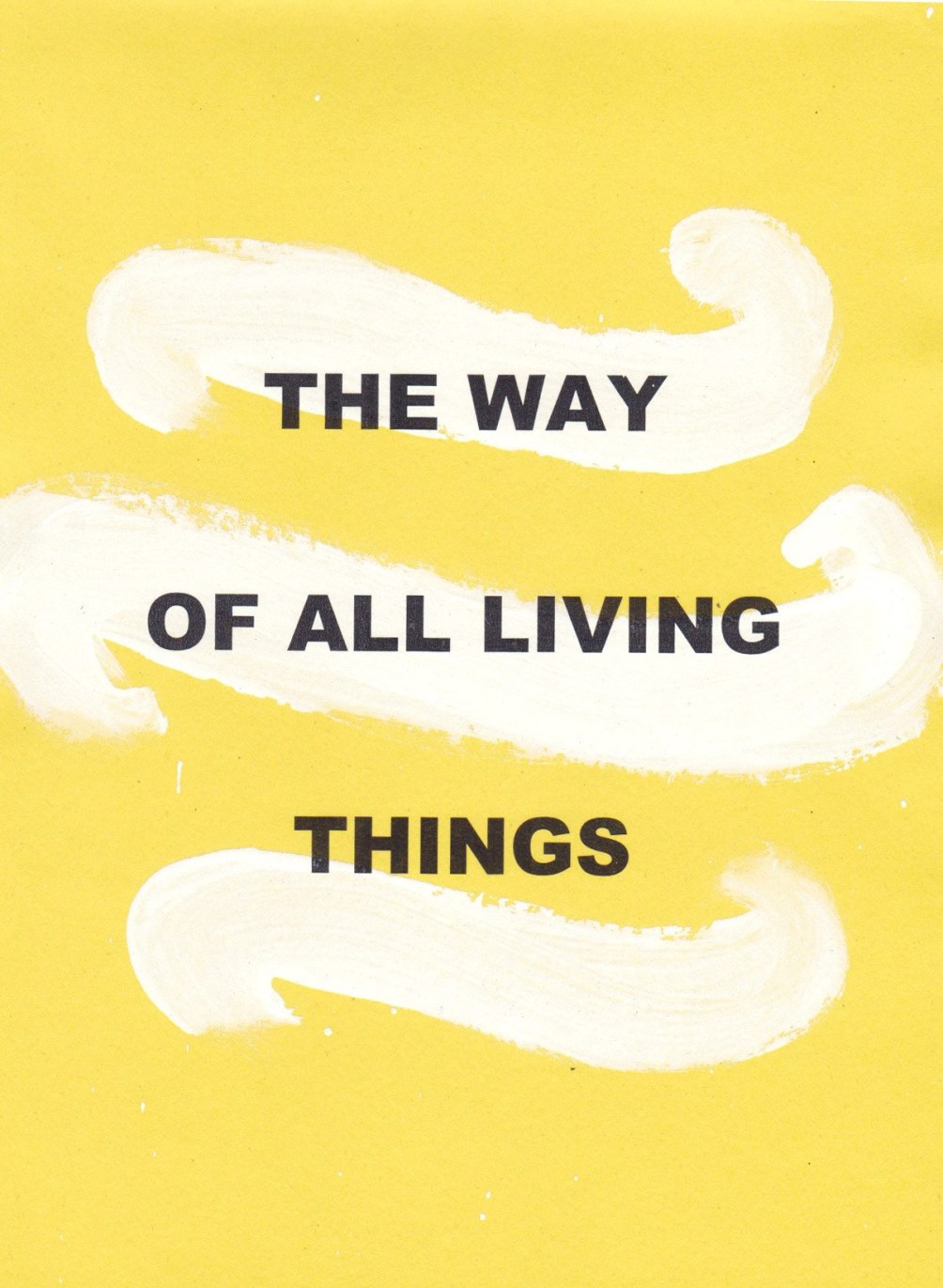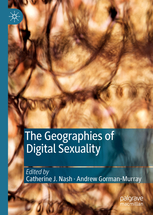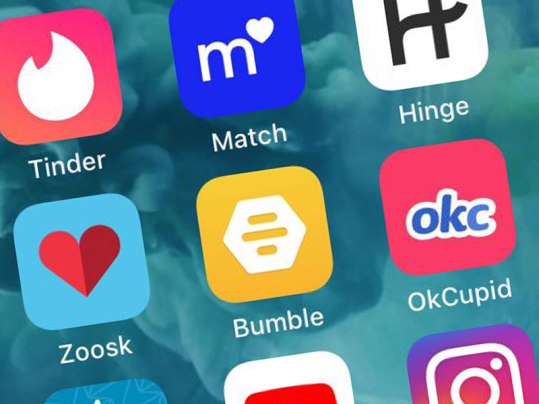
Motelism 2017
I was invited last year by Andrew Gorman-Murray and Catherine J. Nash to write a chapter for their new book, The Geographies of Digital Sexuality.
 I thought for a long time about what to write about. My work has been moving over time from queer male technologies and fieldwork ethics to sexual behaviour, and from there to sex and sexuality more generally, as our new ACCESS project at London School of Hygiene & Tropical Medicine develops. I’m still fascinated by technology, sex and relationships, but looking globally at some of these relationships in very different contexts – marginalised populations, challenging settings, and complex geopolitical environments in the global South. I’m well aware that gay and bisexual men in Europe and north America are a comparatively privileged sexual minority, and that the lives and experiences of a wider range of people need further amplification – especially given common misunderstandings about technology use in socioeconomically disadvantaged settings. People are often surprised to hear that smartphones are used almost everywhere in the world. This includes within seriously deprived settings, where it may be the single most important object for a family’s livelihood or income. That does not mean it is not also used for communicating, partner-seeking, or pornography in any number of these settings.
I thought for a long time about what to write about. My work has been moving over time from queer male technologies and fieldwork ethics to sexual behaviour, and from there to sex and sexuality more generally, as our new ACCESS project at London School of Hygiene & Tropical Medicine develops. I’m still fascinated by technology, sex and relationships, but looking globally at some of these relationships in very different contexts – marginalised populations, challenging settings, and complex geopolitical environments in the global South. I’m well aware that gay and bisexual men in Europe and north America are a comparatively privileged sexual minority, and that the lives and experiences of a wider range of people need further amplification – especially given common misunderstandings about technology use in socioeconomically disadvantaged settings. People are often surprised to hear that smartphones are used almost everywhere in the world. This includes within seriously deprived settings, where it may be the single most important object for a family’s livelihood or income. That does not mean it is not also used for communicating, partner-seeking, or pornography in any number of these settings.
Nevertheless, one of the things that people still ask me a lot about when they hear about my PhD and its research into smartphone dating apps is about people’s behaviour online: things that people complain about seeing again and again. It’s as if there are a list of the ‘usual suspects’ to be wary of when using dating or hook-up apps, from the ubiquitous time-waster (‘talk, talk, talk, and yet never agrees on concrete plans to meet up) to the catfish (‘Amazingly good looking but interested in me!’, or ‘keen to meet but there’s something weird about the photos’).

In the words of Carrie Bradshaw (sorry): It got me to thinking… Could we sketch out different ‘types’ of dating app user? Would those ‘types’ translate between queer and heterosexual? Do different apps host different types?
My qualitative fieldwork suggested that male-male apps contained ‘types’ that were far more specifically defined, and more commonly recognised by a whole range of users, than anything I was reading about being theorised elsewhere, so I looked into it further and developed three ‘types’ of user: the Embracer, the Timewaster, and the Minimalist. Whilst the vignettes I write in the chapter are fictional, they are amalgamated from a range of real-life users I spoke to, augmented by the profiles of other users that my participants discussed repeatedly (and usually in strongly positive or strongly critical ways). These profiles build an interesting picture of different modes of use for a market-dominant app like Grindr or Tinder. These profiles, and the strong feelings they provoke in others, also speaks to an argument I bang on about a lot: that the social codes of these GPS-enabled apps have yet to catch up to their digital sophistication. The result is user enthusiasm for what these platforms can offer in meeting new people – especially important for sexual minorities – tempered by real frustrations about other people not taking the app seriously, or taking it too seriously, or just not reflecting the user’s desired path to encounter.
Even more fascinating perhaps is the finding that the Timewaster – an app user who is keen to chat, seemingly reciprocates interest, and yet keeps postponing a date or other physical meeting, seemingly content to exist only in cyberspace – is almost universally criticised by users. Yet many of these same users sometimes exhibit precisely this behaviour themselves. This paradox serves to emphasise that we must not think of ‘types’ or user typologies as somehow fixed, but instead flexible categorisations that users might adopt, consciously or not, at different times in their app use over time. You may not see yourself as a time-waster because it’s not a trait you think is very attractive, but that doesn’t mean that sometimes you’re not that person to another frustrated user.

Feeling a bit seen right now? Don’t worry, everyone seems to fit some of these behaviours some of the time, and that’s no bad thing. But thinking more about what these categories mean and how social and/or sexual connection happens (or doesn’t happen) online can help us to think about larger questions far beyond the scope of dating apps like who we are when we’re online, and why that still feels ‘removed’ or disembodied from what should by now be a more taken-for-granted, ‘smoother’ hybridised digital-physical reality.
Still feeling seen? The chapter is called ‘Going the Distance: Locative Dating Technology and Queer Male Practice-Based Identities’ and you can read it here, or view the full book listing here.
Pingback: Oh, What Do You Do To Me? the City says to Tinder | sexuality and the city